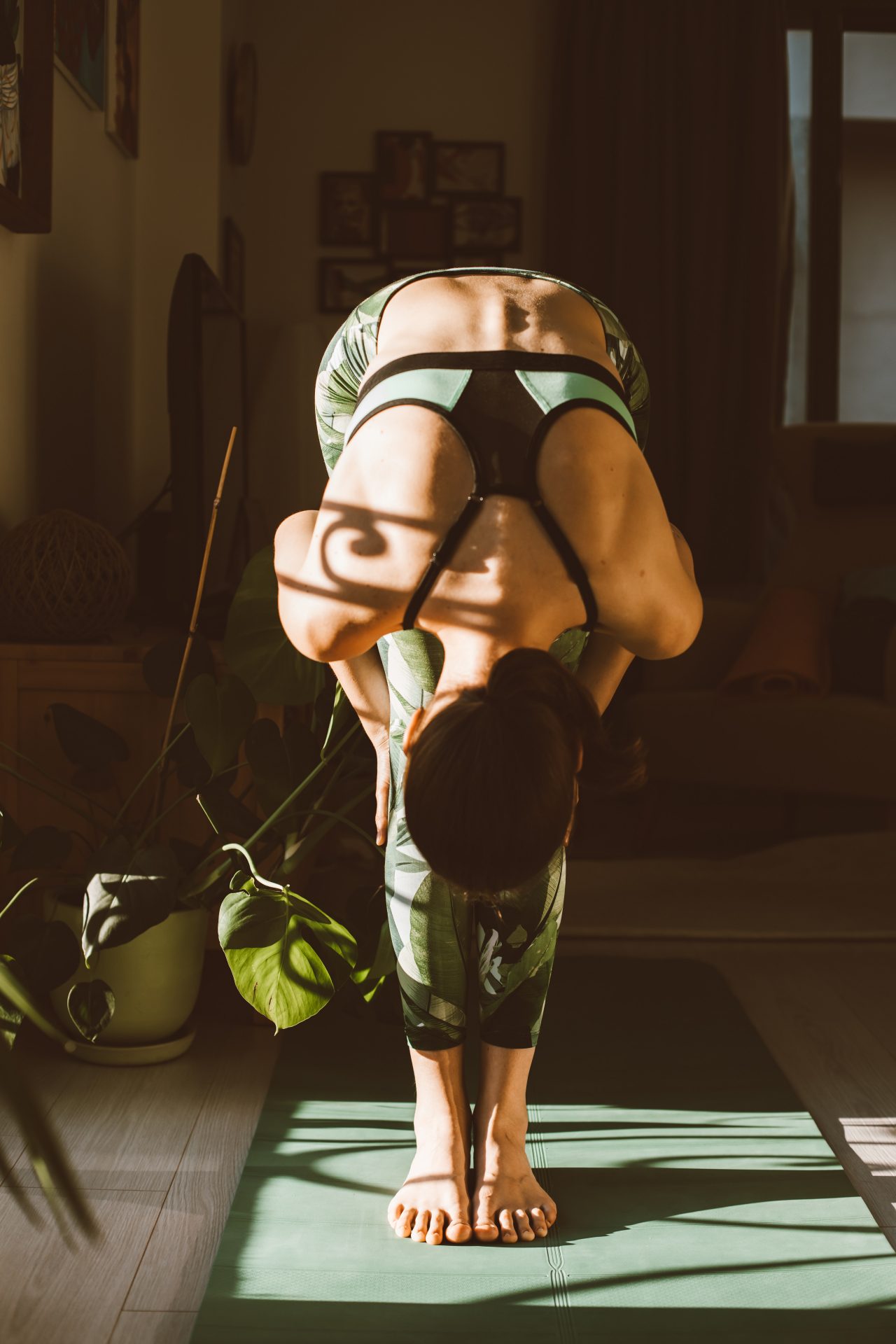https://healthmedicinentral.com/top/viagra-masculino-quanto-tempo-dura-o-efeito/
The truth about whether stretching is really enough exercise to hit your movement goals.
Is it just us, or is working out the last thing on everyone’s minds right now? We’re all either feeling lethargic from Covid or boosters, unmotivated thanks to grey skies or worried about spreading the virus thanks to directionless government announcements, so it’s no real surprise that the appetite for moving is dwindling.
But sitting down all day won’t make you feel any better (trust us, we’ve tried it). There is a middle ground between keeping up your usual workout routine and giving up all movement in favour of slouching on the couch. That’s where low-intensity movement like stretching is useful, helping to reap the benefits of exercise without overdoing it.
You may also like
Intuitive movement: what’s the bare minimum you should do between now and new year?
The benefits of stretching
Besides feeling delicious on tight hips or shoulders after a day at your desk, can we really compare stretching to traditional workouts? Emma Obayuvana, strength and mobility teacher from the Strong Women Training Club, thinks so: “Stretching helps to improve circulation; this helps the muscles function better as they have better oxygen flow, but also has huge physical benefits,” she says.
While we tend to think of the benefits of increased blood flow to the muscles in relation to our training – seeing stretching as a warm-up or cool-down activity – improving your circulation is important in its own right.

A 2013 study published in the International Heart Journal found that just one 10-minute stretch session improved cardiovascular function and circulation without any noticeable difference in heart rate. Researchers did, however, find a large increase in parasympathetic nervous system activity – otherwise known as the ‘rest and digest’ function in the body that is associated with reduced stress.
For Obayuvana, this cognitive impact is crucial. “That circulation boost can make you feel a bit more energetic, but there’s also something about just getting up and lengthening yourself out that feels good, as though you’ve done something for yourself. That can then prompt you to go for a walk or do a different type of workout.”
You may also like
Grounding: can you reduce DOMS, recover quicker and feel more energised with this simple 10 minute morning hack?
That doesn’t have to be the goal, though. While Obayuvana thinks that the lighter movements still count, she also points out that dynamic stretching or mobility circuits alone can really work up a sweat: “You can really, really feel your body working when you push it to its full range of motion. Stretching isn’t always just a passive thing.”
However, she adds: “Being breathless in a pool of sweat with aching muscles is not the definition of exercise. It can be the result of some types of exercise, but that’s not what exercise really is about.” Right now, with huge mental loads, decision fatigue or general end of year burnout, the lower intensity movement that supports your mental health, as well as your physical health, might be the best thing for you. “Stretching might be overlooked, but to me, it is a form of exercise and a form of self-care,” concludes Obayuvana.
Images: Getty / Pexels
Source: Read Full Article
